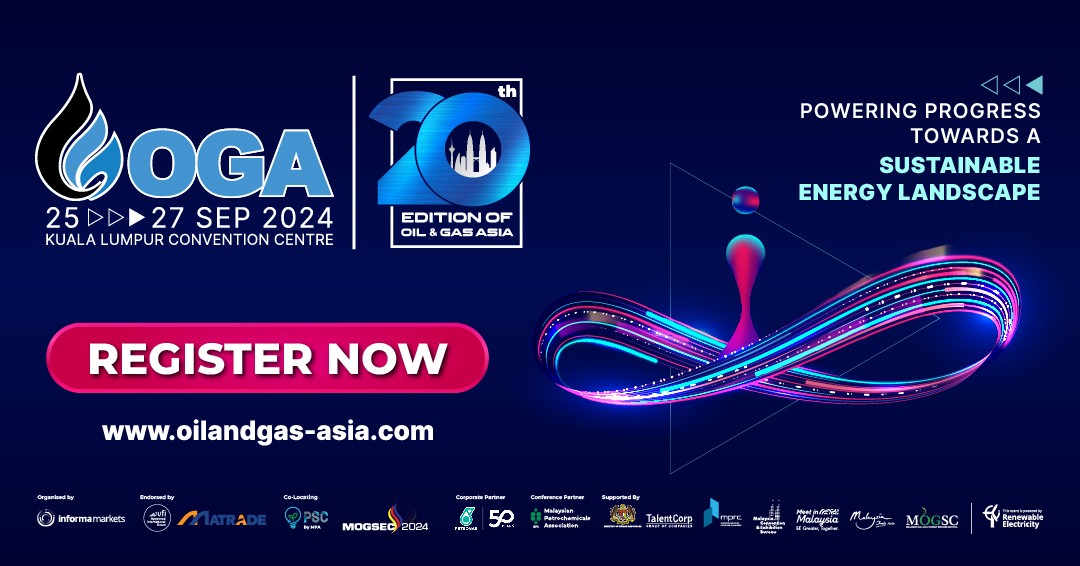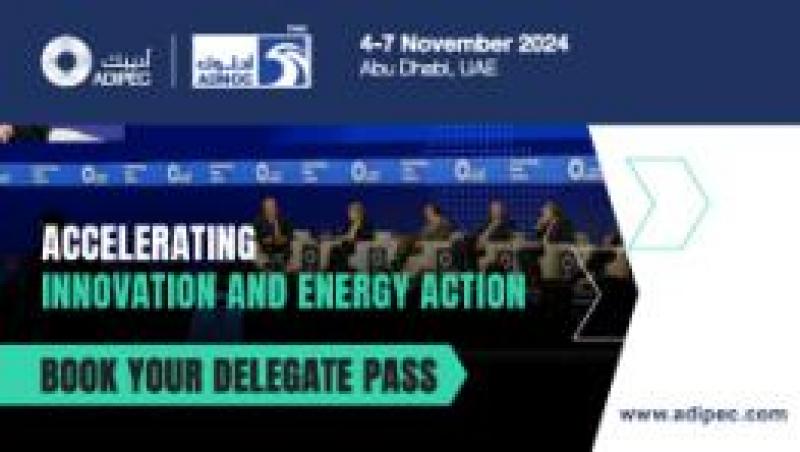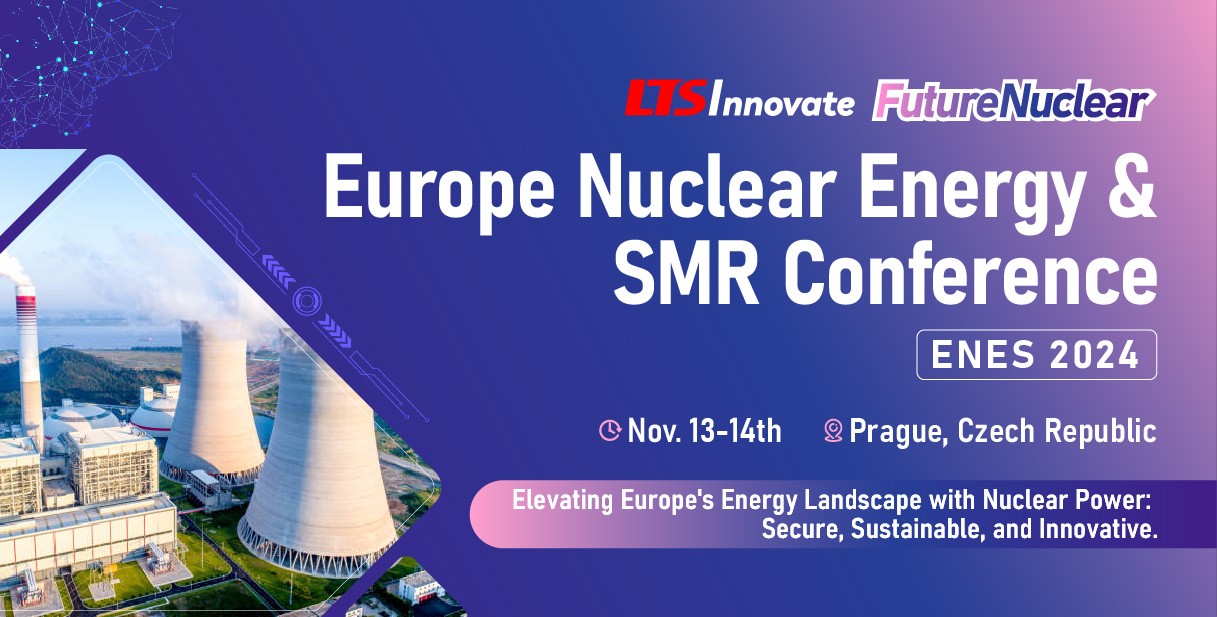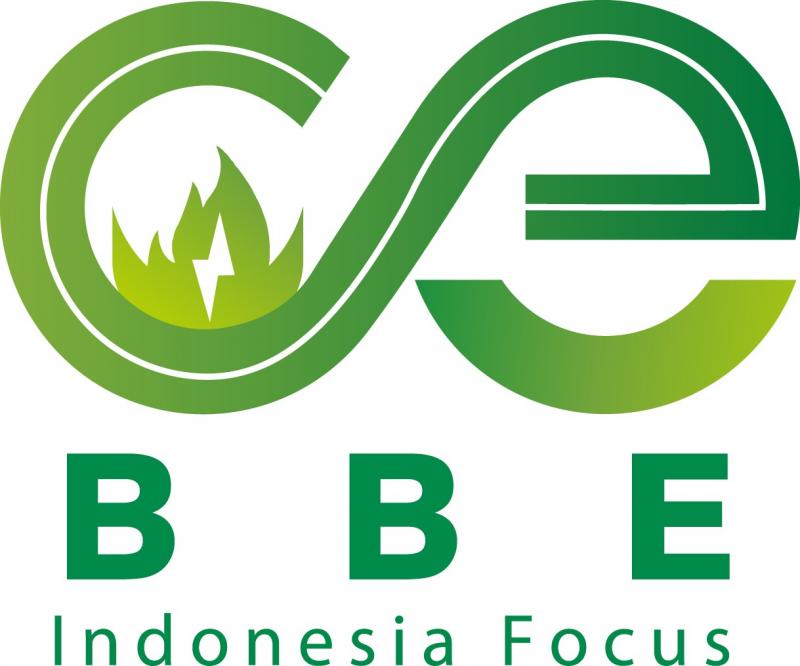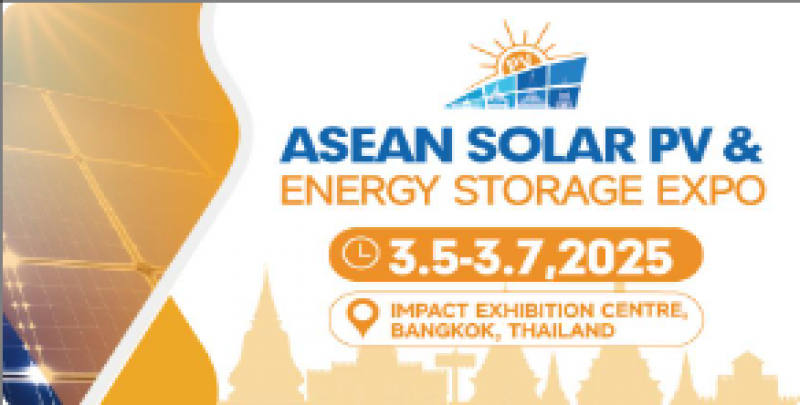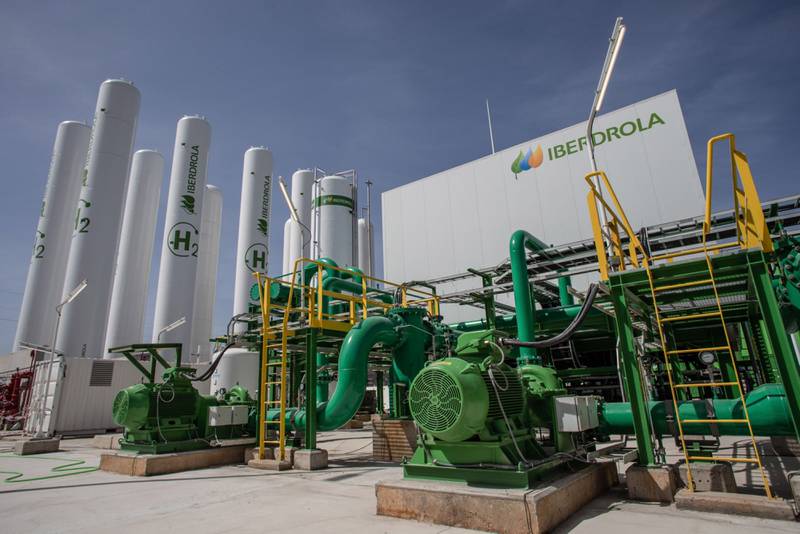
The International Renewable Energy Agency (Irena) said that members of the Group of Seven (G7) advanced economies could be “front runners” in green hydrogen, but that overuse of the fuel could slow the energy transition.
Hydrogen, which is produced from renewable energy and natural gas, is expected to become a critical fuel as economies and industries transition to a low-carbon world.
It comes in various forms, including blue, green and grey. Blue and grey hydrogen are produced from natural gas, while green is derived from splitting water by electrolysis.
“Despite hydrogen’s great potential, it must be kept in mind that its production, transport and conversion require energy, as well as significant investment,” said Irena in Accelerating Hydrogen Deployment in G7: Recommendations for the Hydrogen Action Pact.
“Indiscriminate use of hydrogen could therefore slow down the energy transition.”
Globally, the hydrogen industry is expected to be worth $183 billion by 2023, up from $129 billion in 2017, according to Fitch Solutions. French investment bank Natixis estimates that investment in hydrogen will exceed $300 billion by 2030.
The first priority should be to decarbonise existing hydrogen applications, Irena said.
About three quarters of pure hydrogen is currently produced from fossil gas, with the remainder from coal.
The Abu Dhabi-based agency also said that hydrogen should be used in “large demand centres” that cannot be easily electrified. This includes hard-to-abate sectors such as chemicals, steel, shipping and aviation, where other alternatives have a high mitigation cost.
Consumption of hydrogen by G7 countries — the US, the UK, Japan, Canada, France, Germany, Italy, and the EU — will grow between “four and seven times” by 2050, Irena said
To reach net zero emissions by 2050, the wealthy group of nations will require significant use of green hydrogen, it added.
“G7 has a sizeable economic footprint, accounting for 30 per cent of global energy demand. Through joint action and focused collaboration, it can be a first mover and determine the conditions of a future hydrogen market in line with the Hydrogen Action Pact,” said Francesco La Camera, Irena’s director general.
In June, the G7 countries launched a new Hydrogen Pact to accelerate the development of blue and green hydrogen and derivatives such as ammonia as they tackle climate change and the ongoing energy crisis.
“Policymakers must also show leadership by sharing knowledge, finance and policy know-how with the international community to replicate opportunities and best practices everywhere else in the world,” Mr La Camera said.
“Crucially, with international co-operation, the emerging hydrogen market has the potential to be more inclusive, with opportunities for developed and developing countries alike,” he added.
The hydrogen market, unlike oil and gas, will have many potential sellers and few buyers as the fuel can be produced in several locations globally, Irena said.
“Therefore, green energy trade flows are unlikely to lend themselves as easily to geopolitical influence as oil and gas,” the agency added.
Hydrogen diplomacy can promote political dialogue while raising awareness about the rising demand for green hydrogen among decision makers in potential exporting countries, Irena said.

